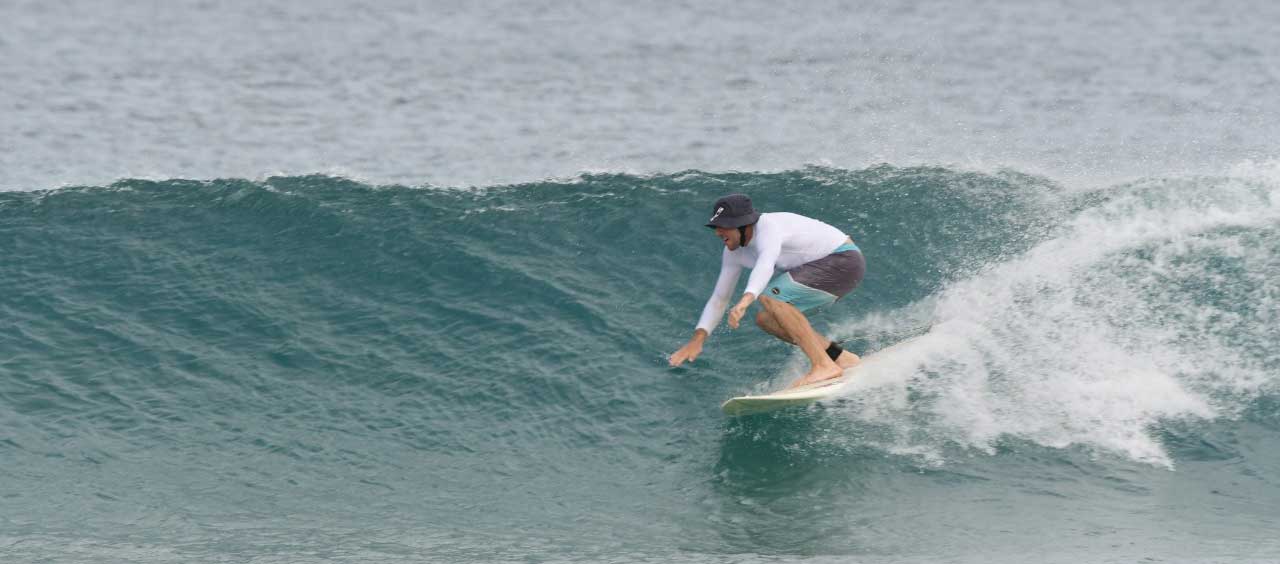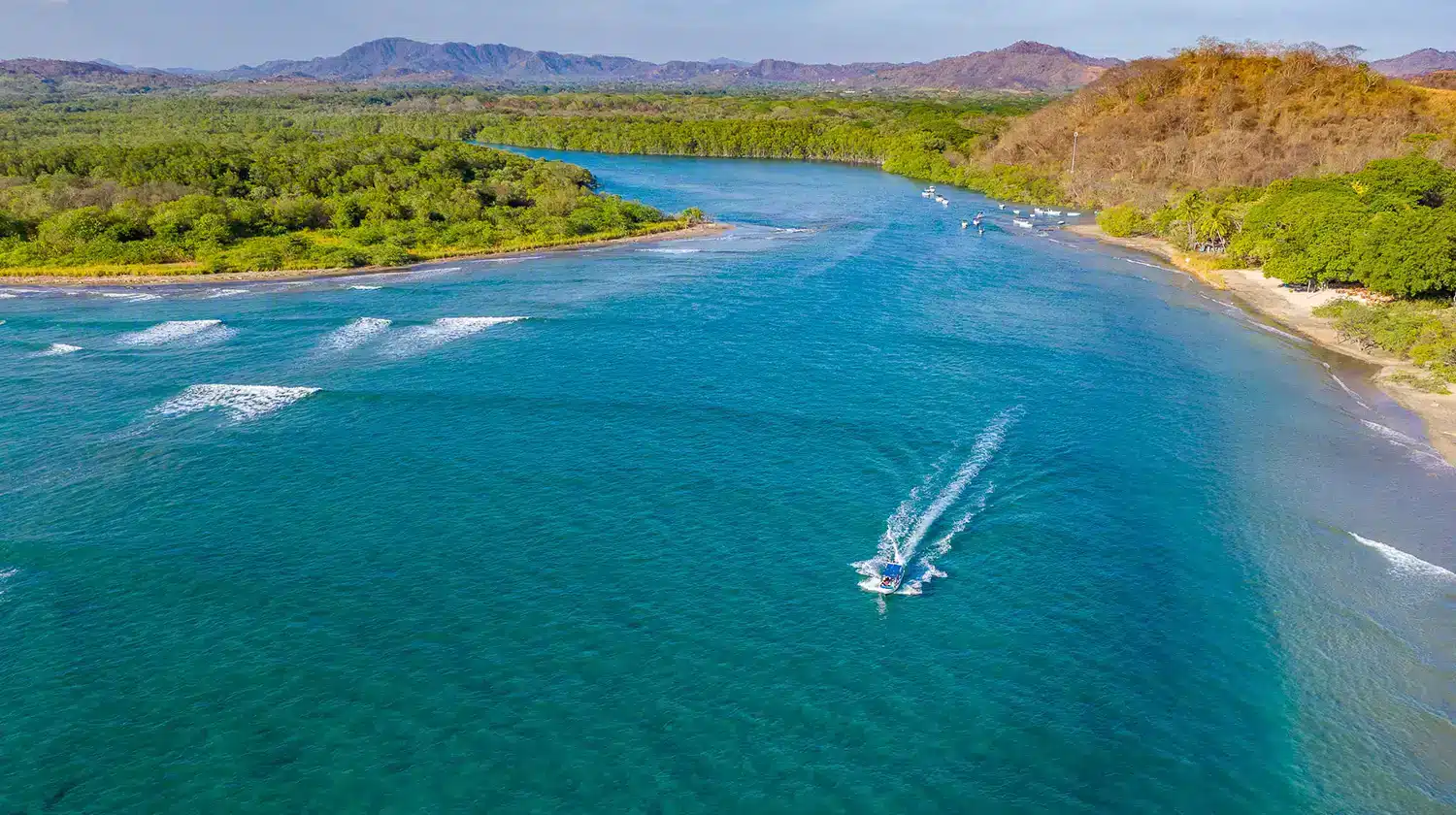Surfing is one of those special things in life that grabs ahold of you and turns your world upside down. All of a sudden your mind is consumed with thoughts of riding waves, wondering what the wind is going to do, setting your alarm for earlier than you used to set it, so on and so forth. The thrill of gliding across the open face of a wave is so strong you can’t help but try and share that feeling with those around you, including your kids.
Teaching your kids to surf can be an amazing, rewarding experience. Or it can backfire completely, making them hate the ocean, hate surfing, and resent you for dragging them to the beach over and over again (how horrible would that be?!). This blog post aims at keeping your kids stoked as they learn to love surfing as much as you do.
#1 Teach Your Kids To Be Strong Swimmers.
Before introducing your child to the ocean, make sure she is a confident swimmer. Teach her the basics with swim lessons at the local pool or enroll her in the Red Cross Swimming and Water Safety Program. Make sure she can tread water without getting anxious or scared. Regardless of age, having confidence in one’s swimming abilities is the first most important achievement on the path to becoming a good surfer. Start out in a familiar swimming pool, then transition to swimming in the ocean on small days (little or no breaking waves).
#2 Don’t Try To Convince Your Kids To Love Surfing.
Kids will decide on their own whether they love surfing or not. The more you ask them if they want to go surfing, the less they will want to do it. This logic makes no sense but it is true. The best thing you can do is to actually stop asking your kids if they want to go surfing. Instead, make sure to pack an extra boogie board or surfboard when you take your family to the beach. Your child will watch you paddle out to catch some waves, and sooner or later he will want to try surfing too. The goal here is to make your child think that learning to surf was his idea, not yours. If he feels pressured to surf, he’ll grow to resent it.
#3 Start With A Boogie Board.
Boogie boards are a great way to introduce surfing to younger children. Boogie boards are small, easier to manage in the breaking surf, and quite safe because they don’t have sharp fins. The idea here is to give your little ones plenty of time to gain confidence as they learn how the ocean works. Riding waves with a boogie board is easy and fun, and eventually after boogie boarding plenty of waves your child will gain interest in learning to surf. As this happens, transition them to a soft surfboard with soft, flexible fins (also quite safe).

#4 Show Your Kids How Much You Love The Ocean.
Your children will see your love and respect for the ocean and learn to love the ocean in the same way. Visit the beach often and take good care of it. Involve your family in local beach cleanups, or simply host your own beach cleanup with your kids. Take your children paddling and kayaking. Teach your kids to use a mask and snorkel and search for sunken treasure. Go fishing (even if you don’t catch anything!). Go bodysurfing. Catch hermit crabs. Make sand castles. The point here is that it isn’t all about surfing. It’s about enjoying the ocean in it’s many forms. When you take the focus off of surfing and instead focus on enjoying the ocean with your family, everything starts to fall into place.
Even if you follow all of these suggestions, your kids still might not like surfing. They might hate it, and that’s OK! Surfing (or whatever you love doing) is YOUR passion, not your child’s passion. Trying to get your child to do what you think is cool isn’t that cool. Supporting your child in whatever he or she thinks is cool is the coolest thing you can do as a parent.
Teaching your kids to surf is a lot like teaching them to ski, or sail, or play tennis, etc. Sometimes kids just don’t want to be taught by their parents. Sometimes it works a lot better when you have someone else give your kids lessons. Visit your local surf shop and see what surf lessons are available for children. Research local surf camps available near where you live, or take your family on a surf vacation. Here at Witch’s Rock Surf Camp August is Family Surf Month, which means you can essentially have us teach your kids to surf for free. Warning: WRSC is habit-forming, and you’ll probably end up having to make an annual pilgrimage to Tamarindo!
Now I’d like to hear some of your suggestions. What tips or techniques worked for you and your children?








